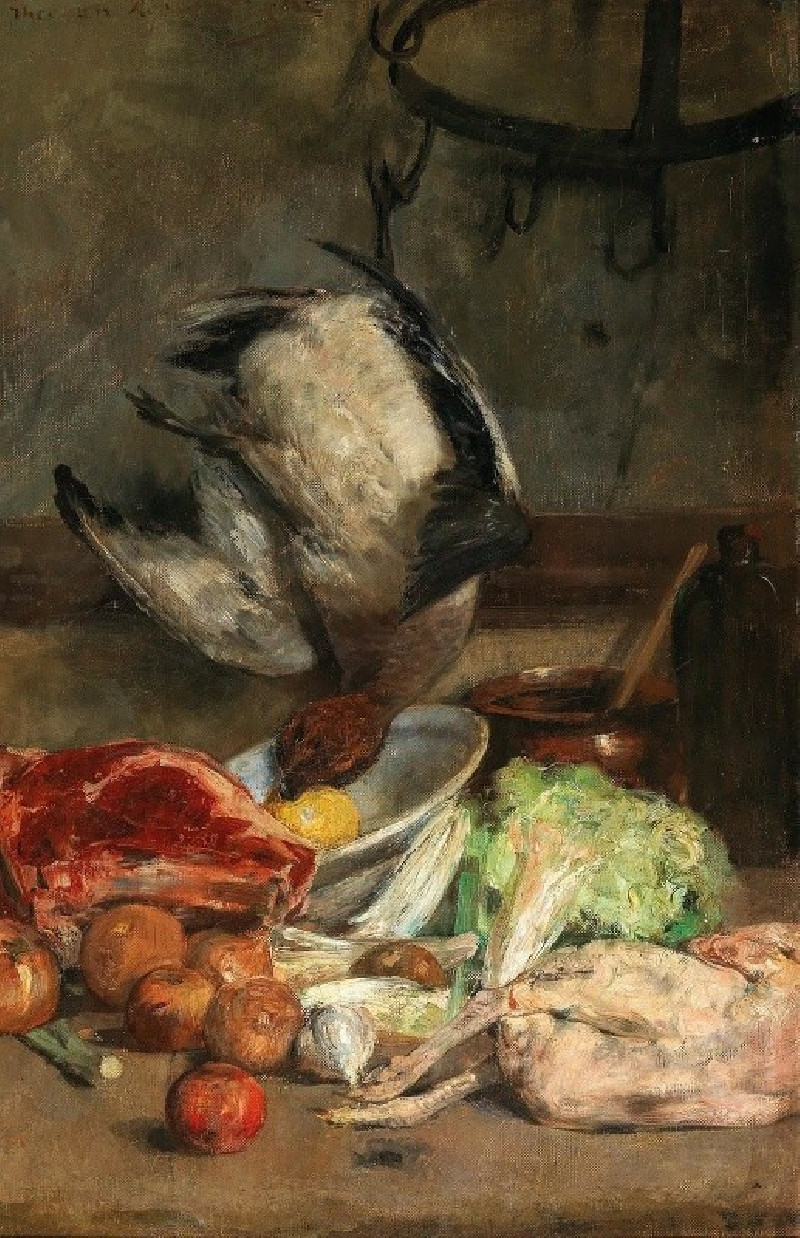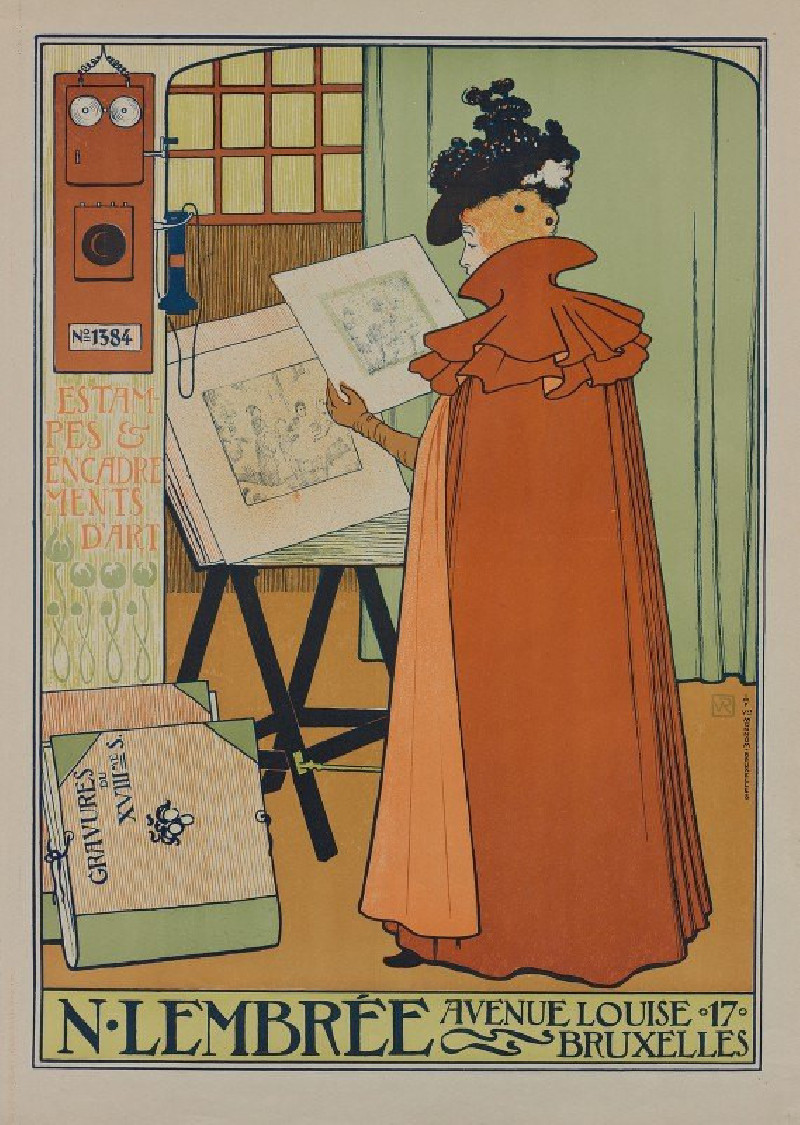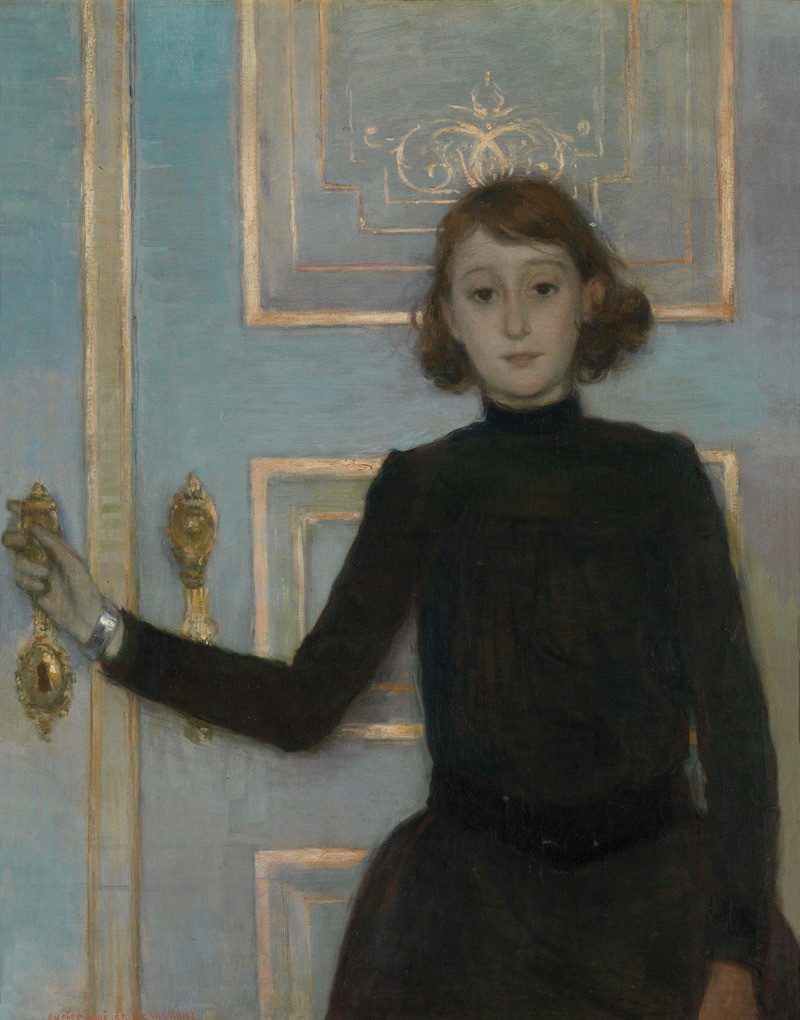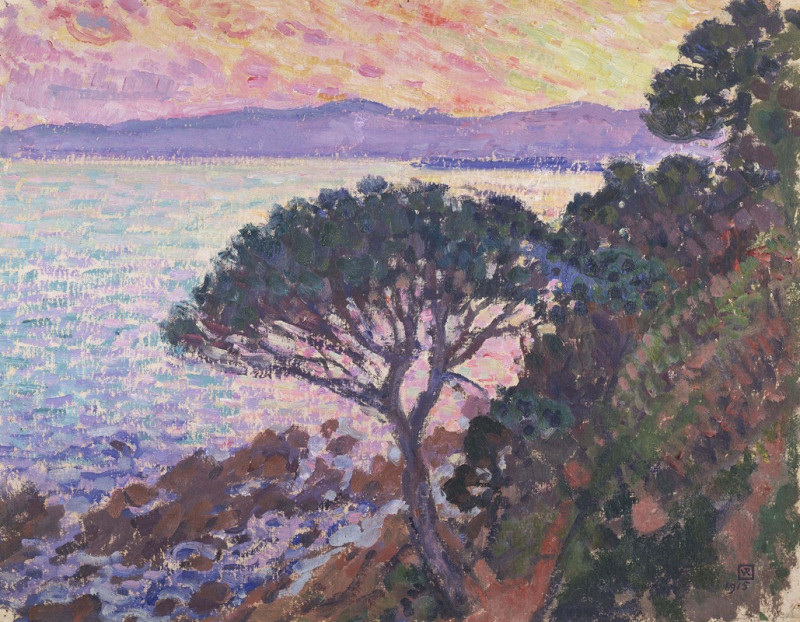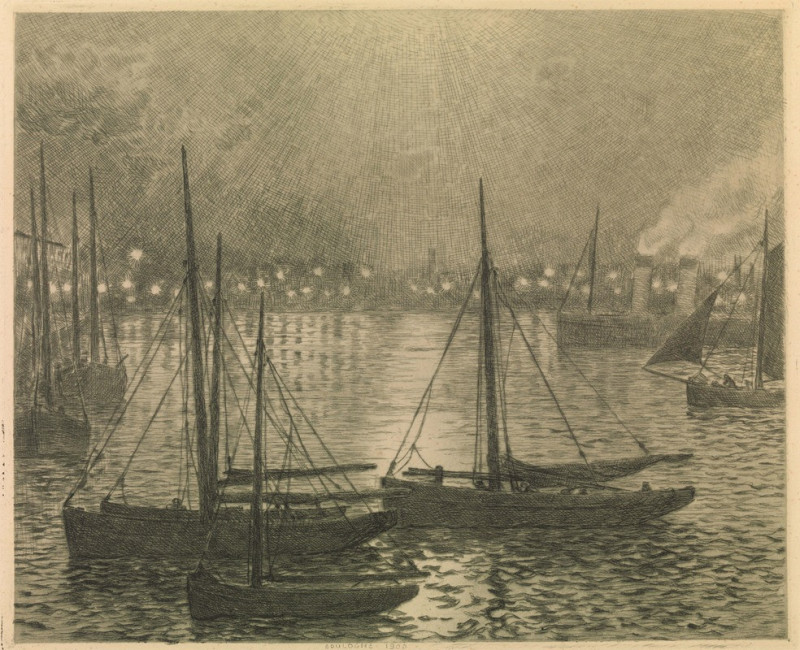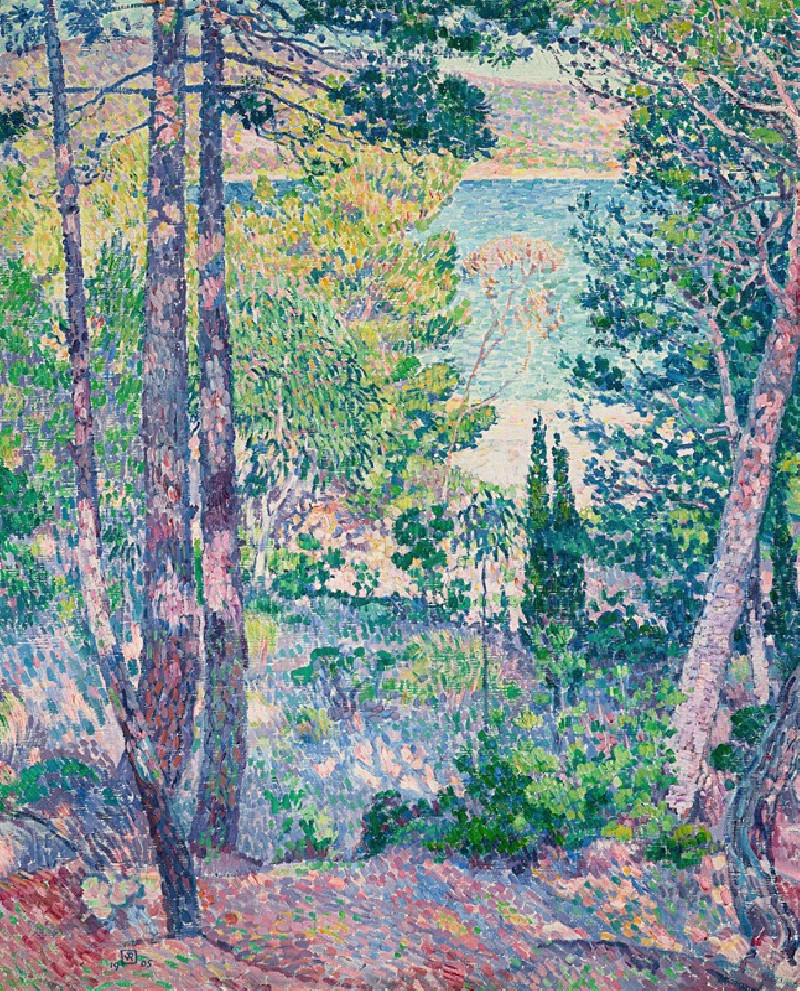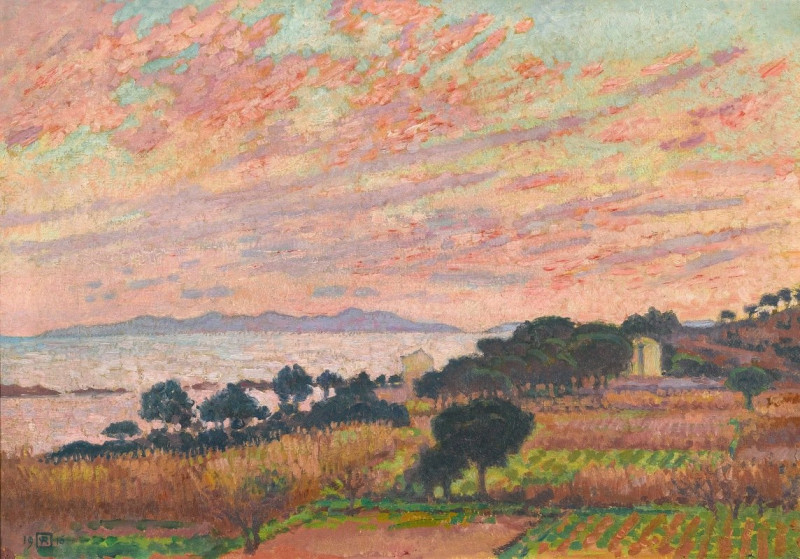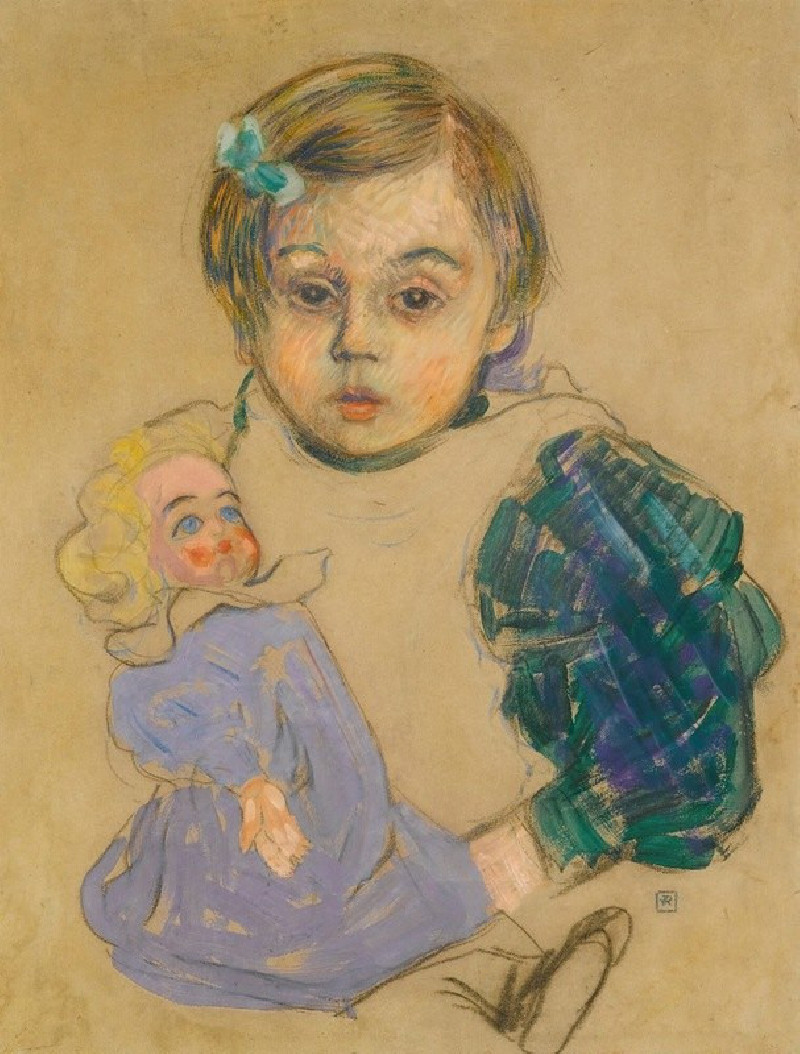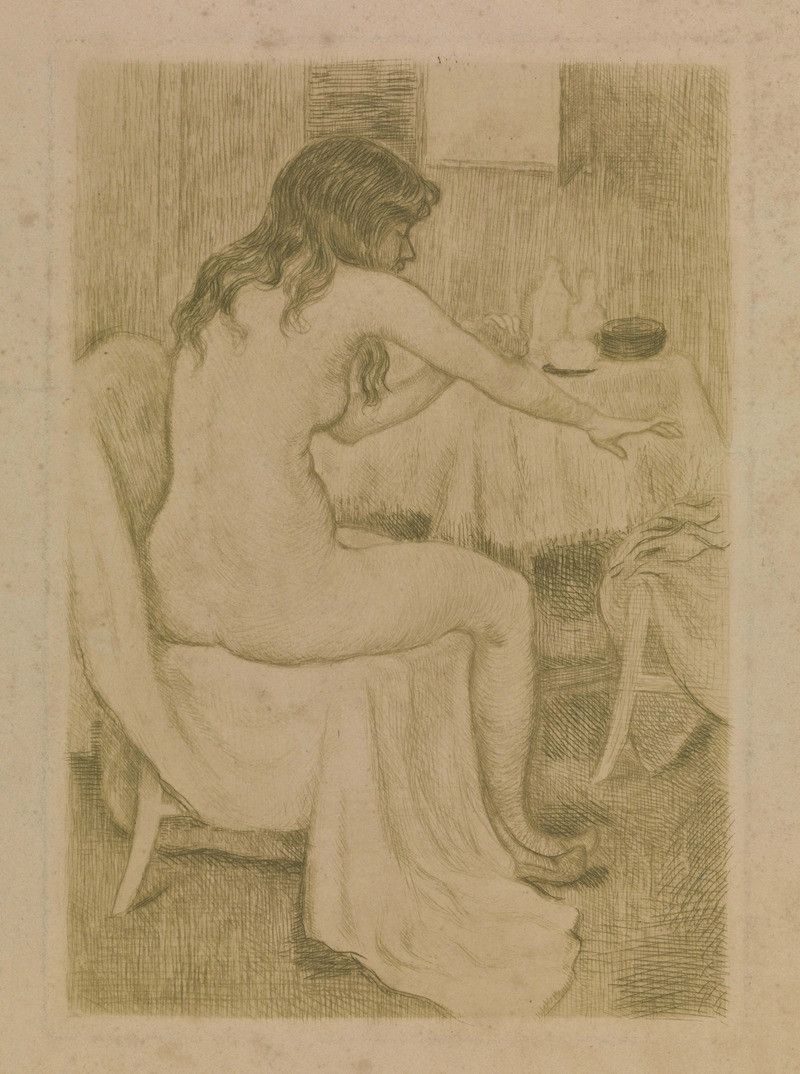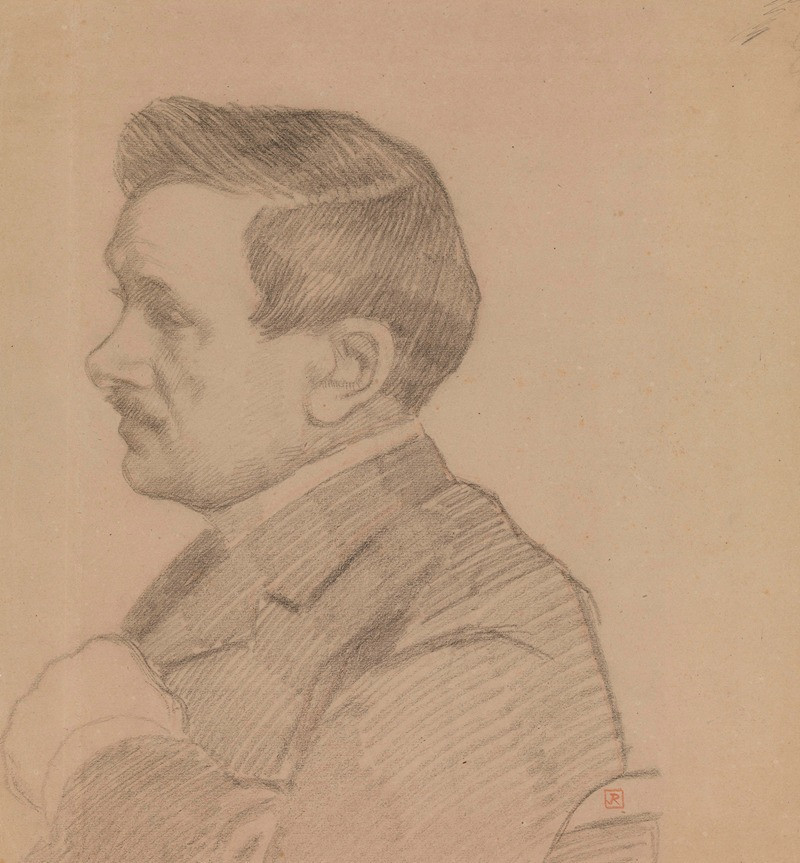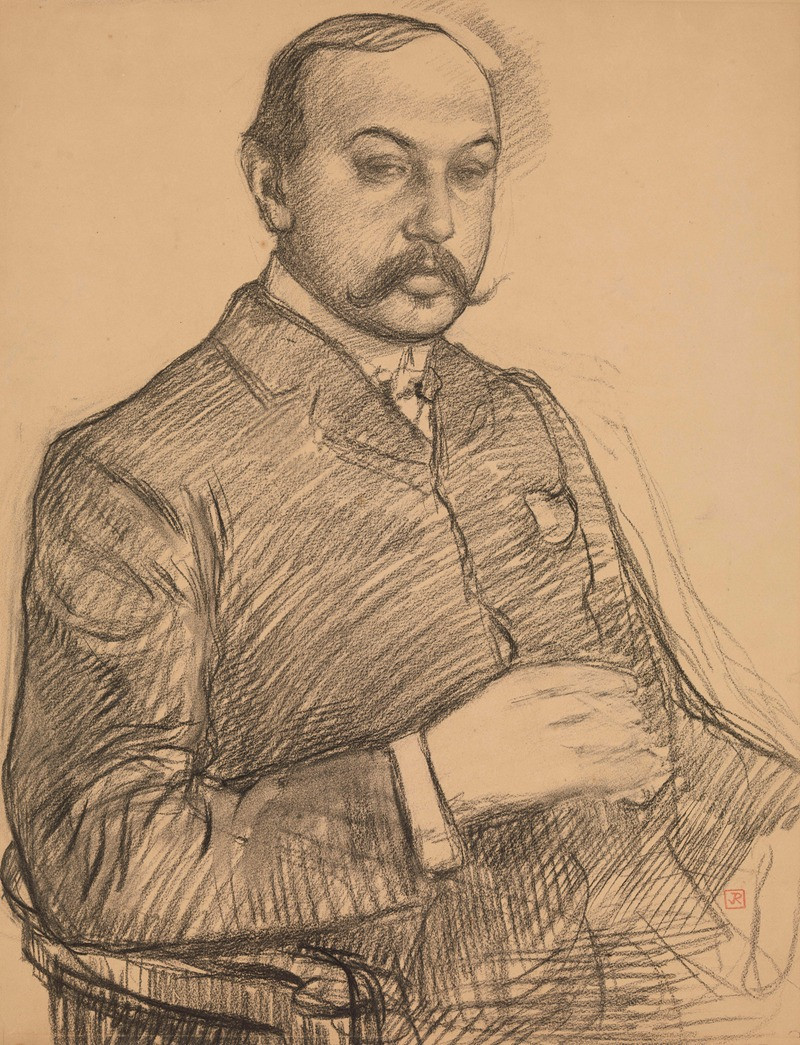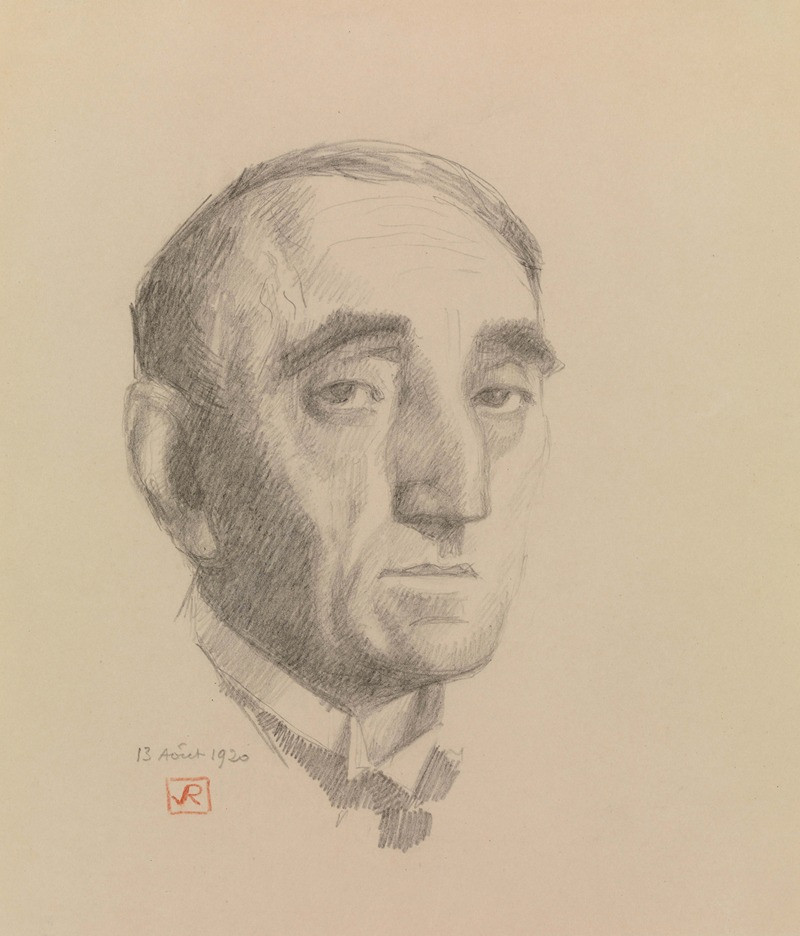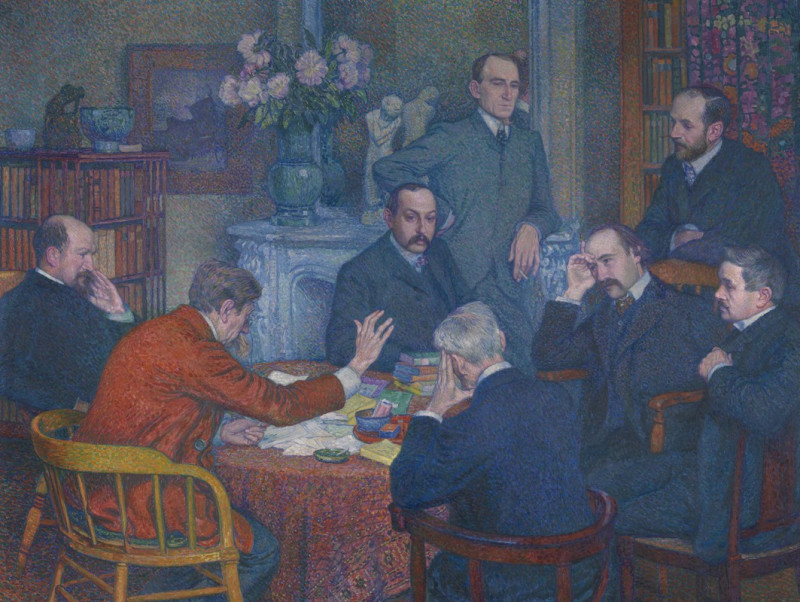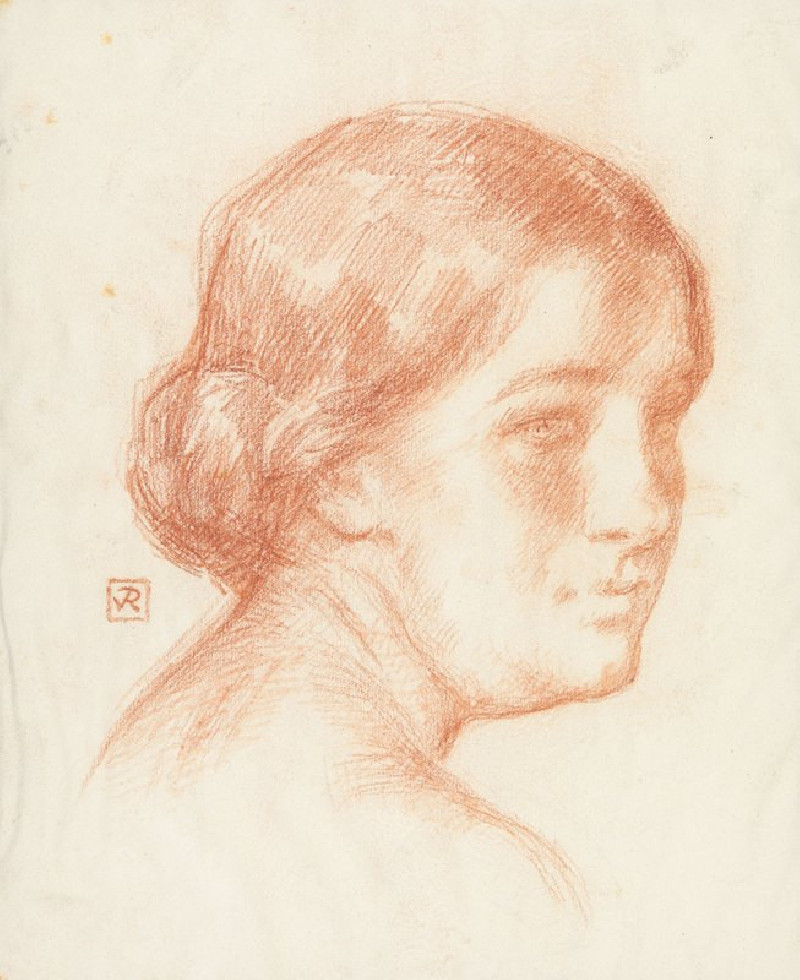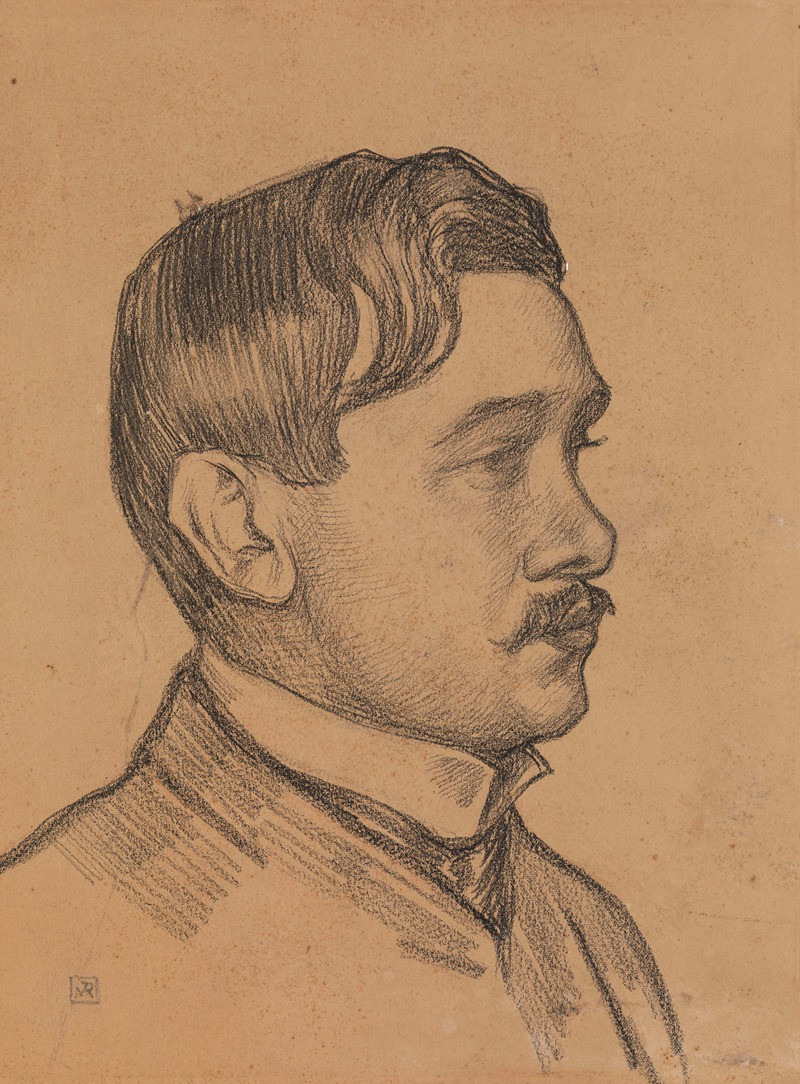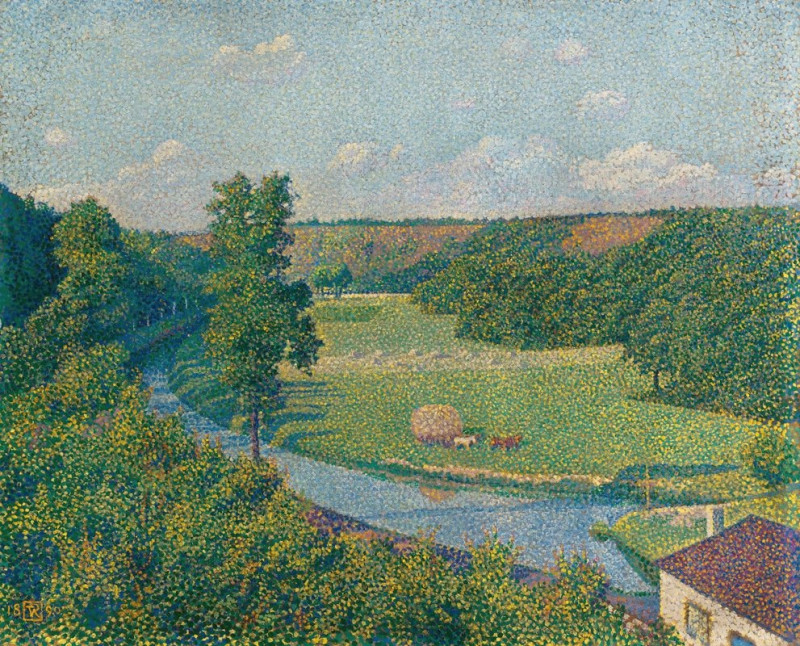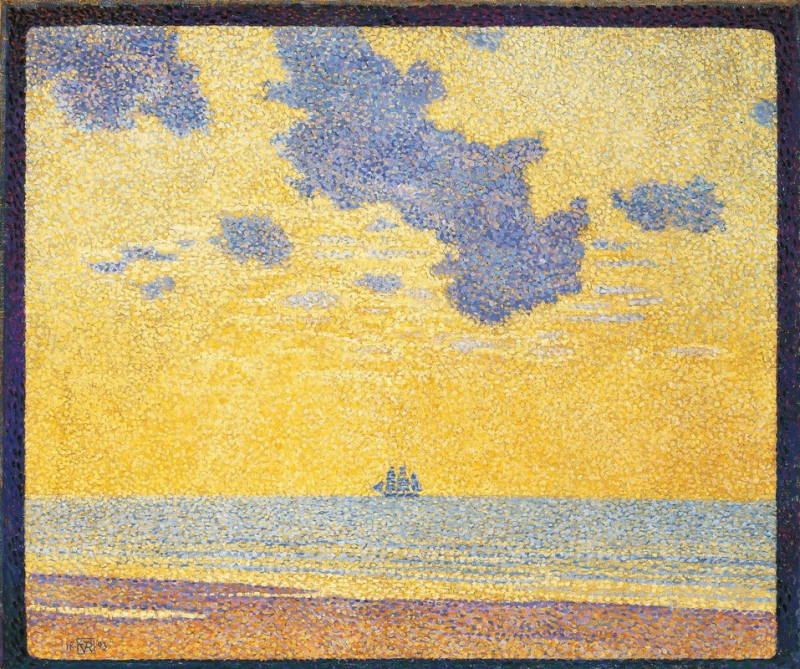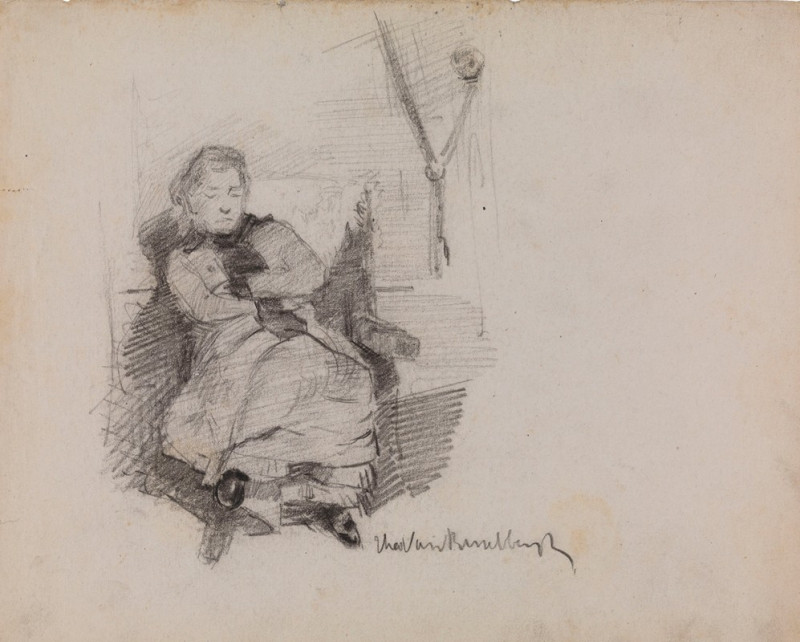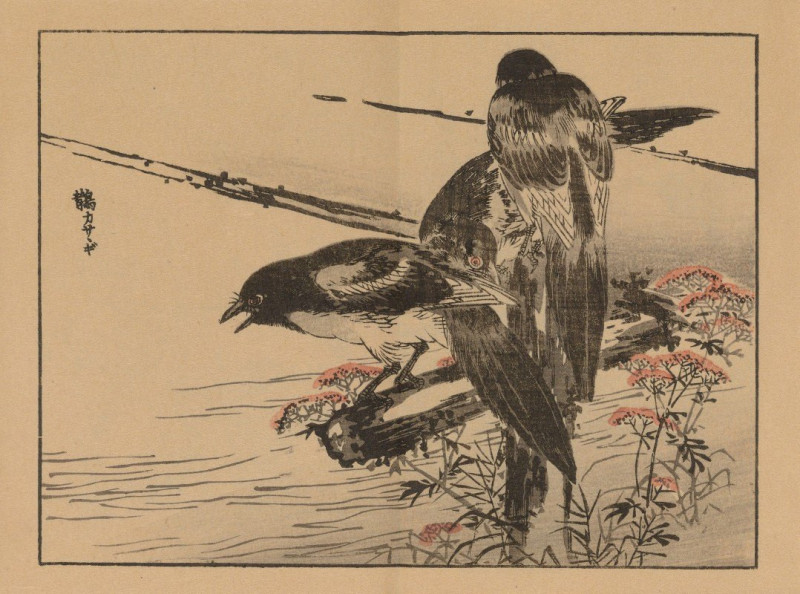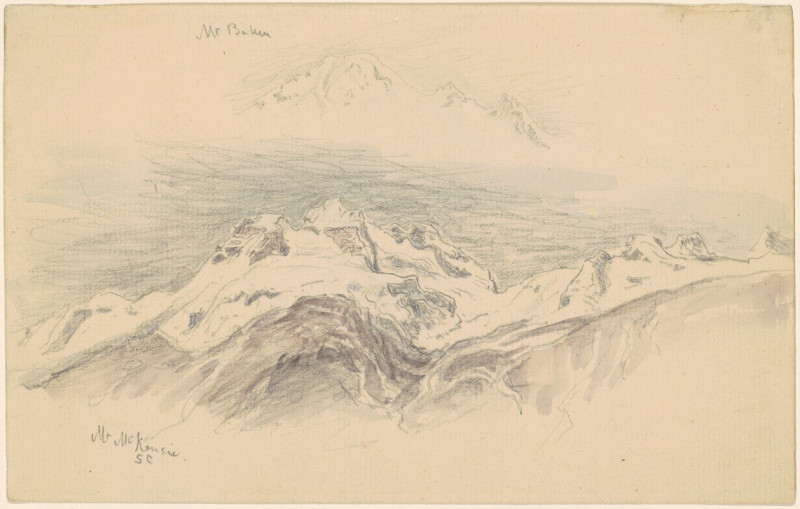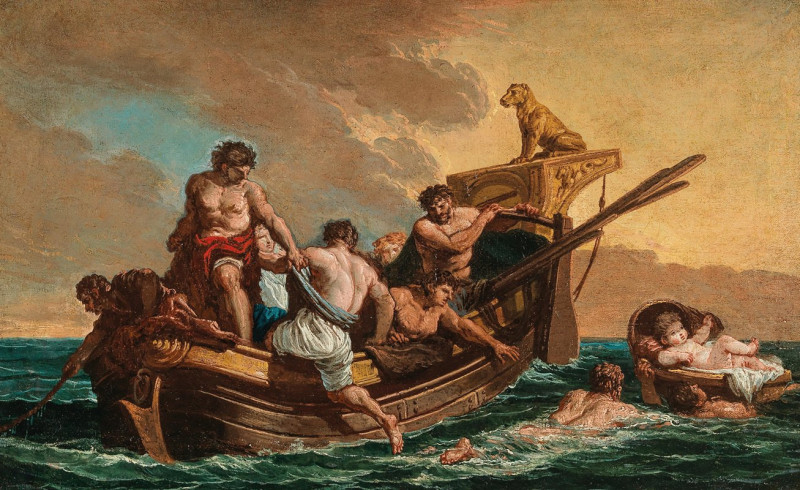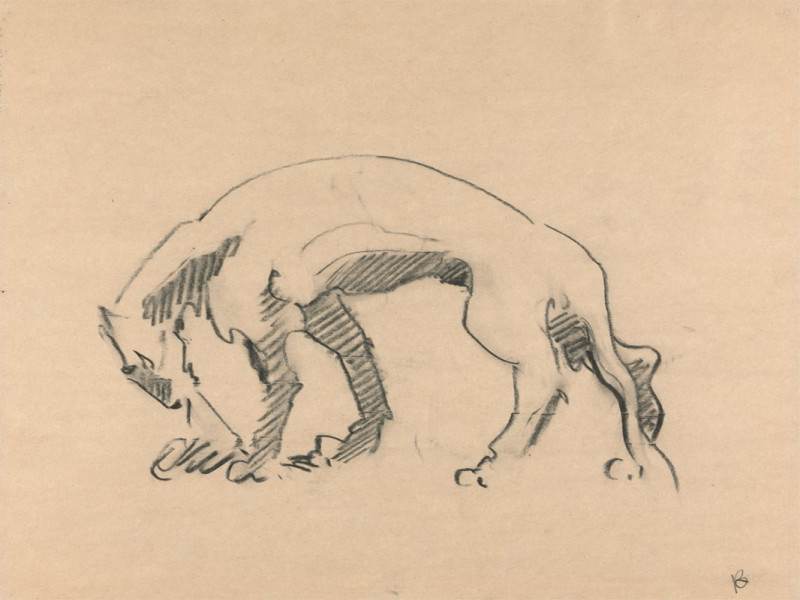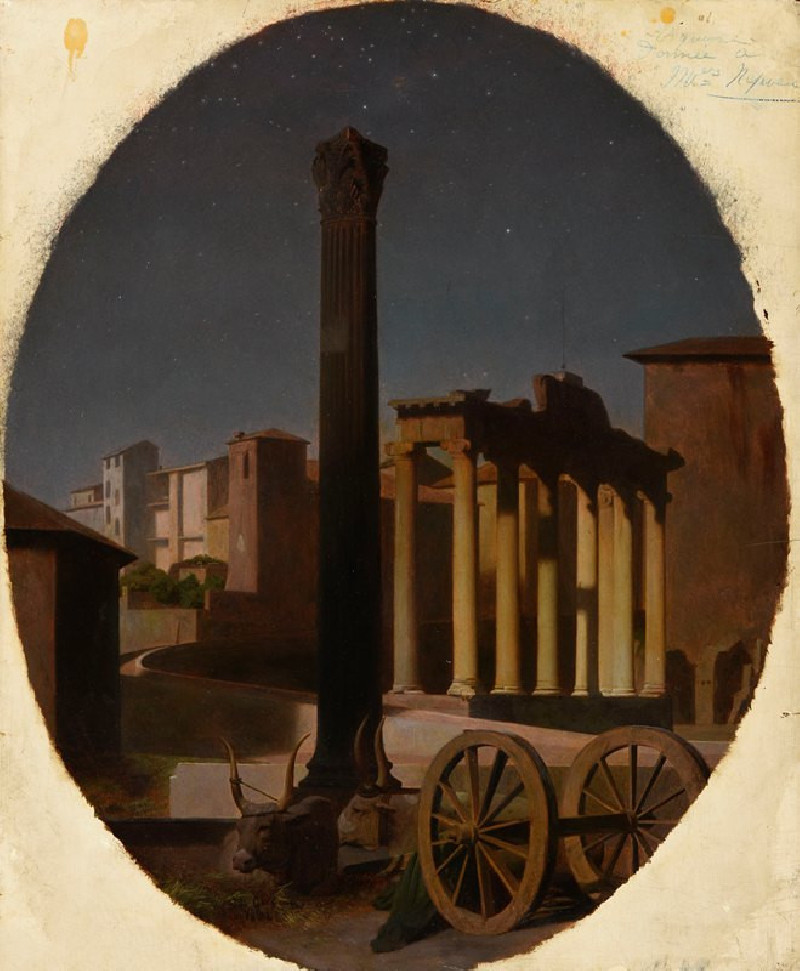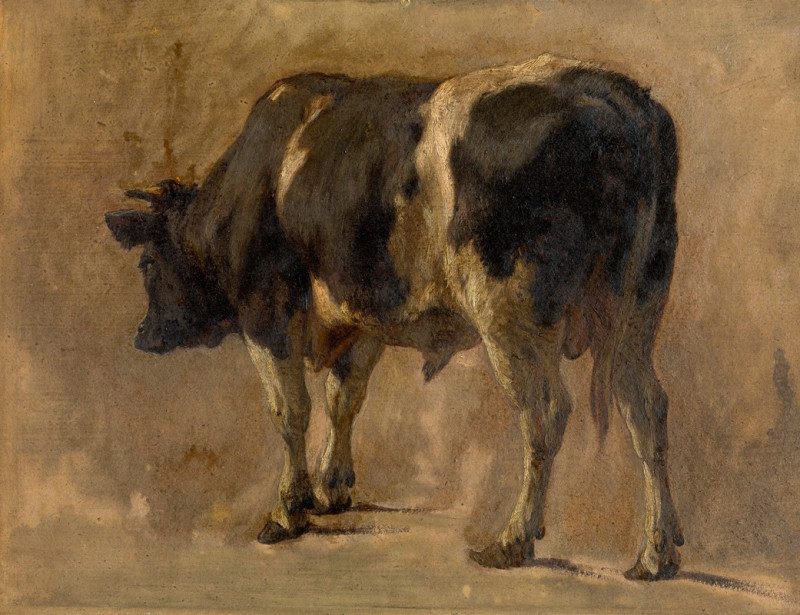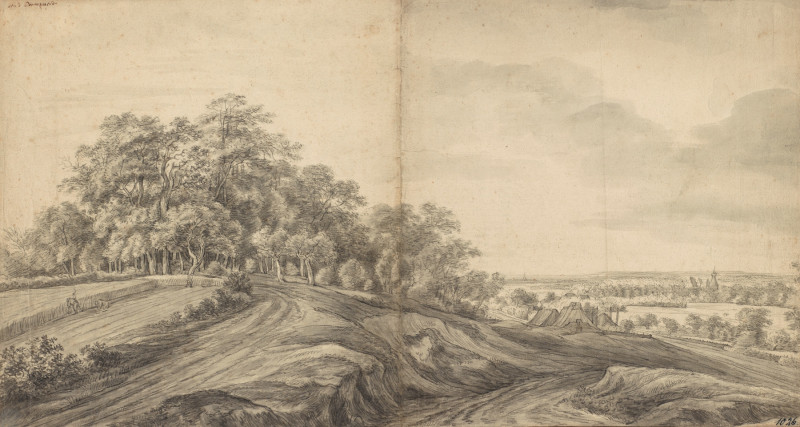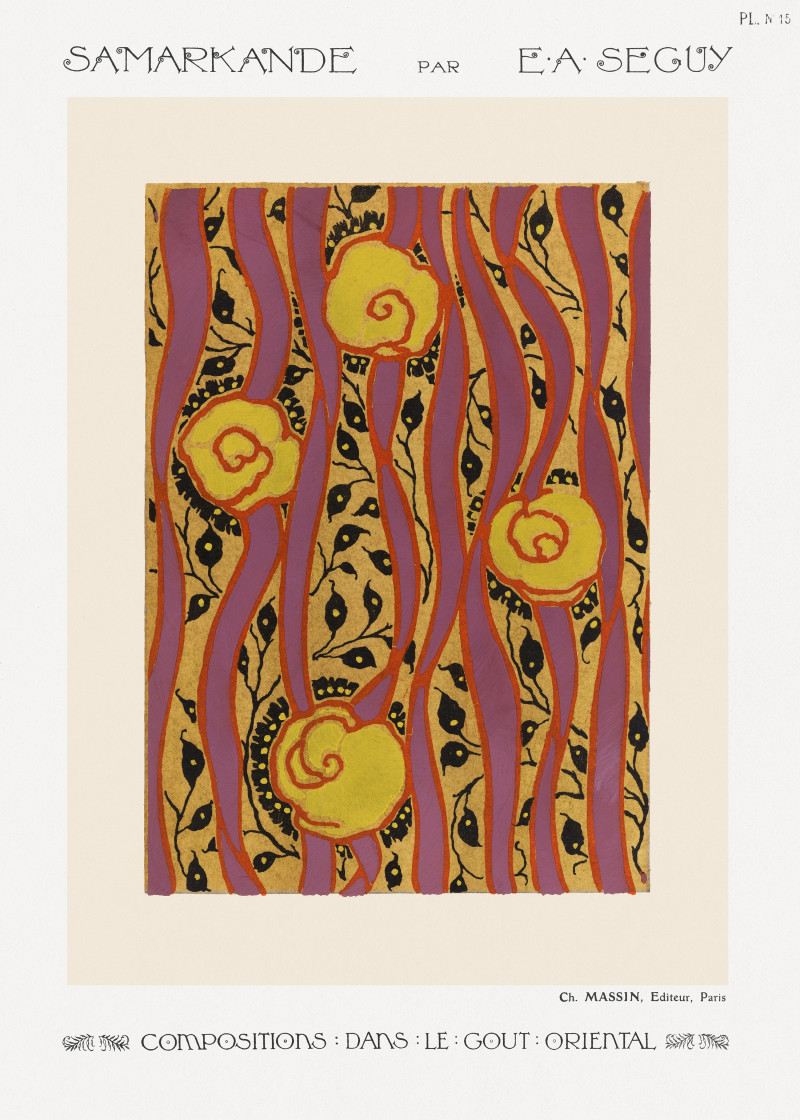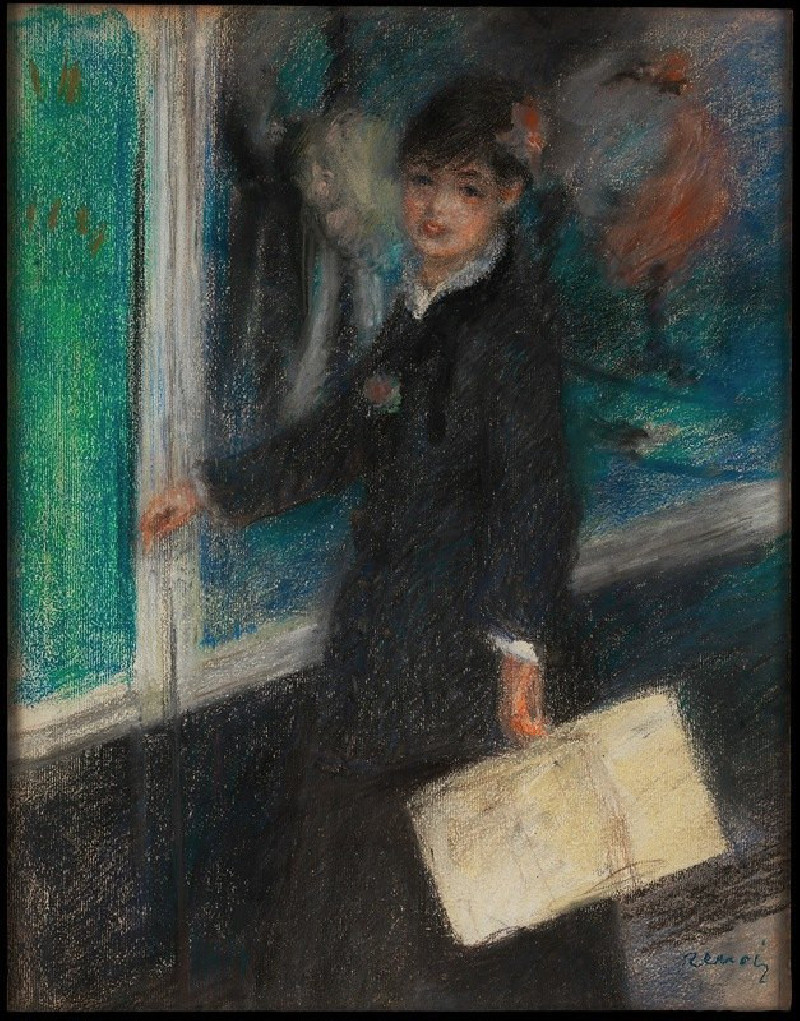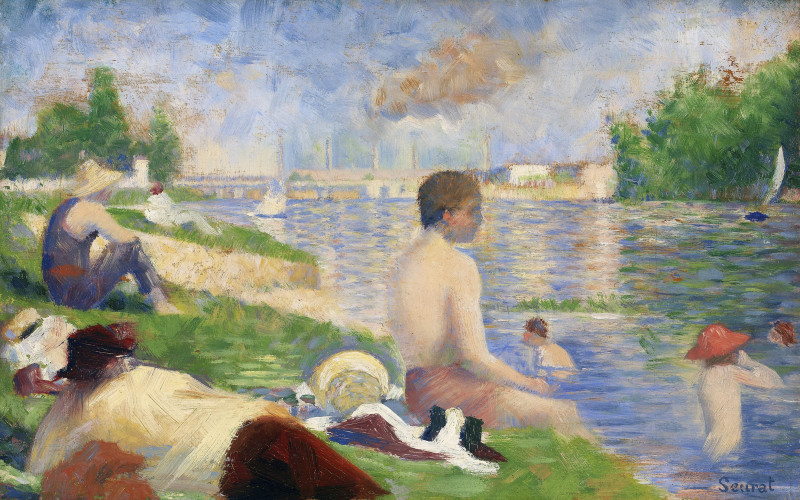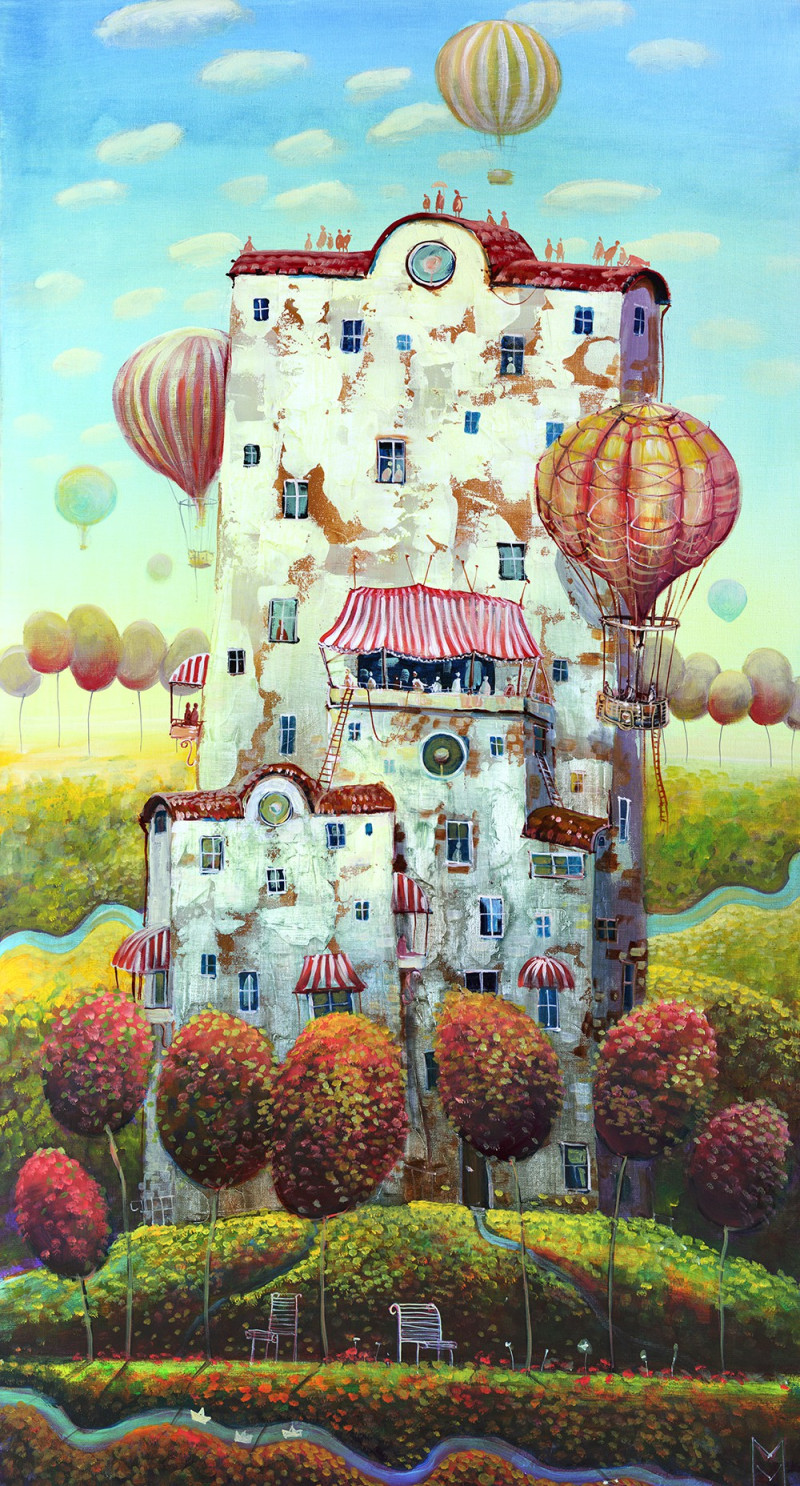Paysage Avec Maisons (1894)
Technique: Giclée quality print
Recommended by our customers
More about this artwork
"Paysage Avec Maisons" (1894) by Belgian artist Theo van Rysselberghe captures the serene beauty of a rural setting through the lens of pointillism, a technique that employs small distinct dots of color to form an image. This idyllic landscape offers viewers a glimpse into the tranquility of rural life, dotted with charming houses and expansive fields under a lively, textured sky.The painting showcases a pastoral scene, where the foreground features rugged terrain adorned with patches of wildflowers and scattered foliage. The middle ground reveals humble dwellings, their rustic rooftops and whitewashed walls creating a picturesque contrast against the verdant greens and earthy tones of the natural surroundings. In the distance, the open fields stretch towards a horizon under a sky brimming with a mosaic of blue and white.Van Rysselberghe’s mastery in color and light is evident, as the interplay of shades and tints brings depth and vibrancy to the landscape. The technique not only adds a kinetic quality to the vista but also evokes the fleeting, shimmering quality of sunlight.
Delivery
Returns
Théophile "Théo" van Rysselberghe was a Belgian neo-impressionist painter, who played a pivotal role in the European art scene at the turn of the twentieth century.
Born in Ghent to a French-speaking bourgeois family, he studied first at the Academy of Ghent under Theo Canneel and from 1879 at the Académie Royale des Beaux-Arts in Brussels under the directorship of Jean-François Portaels.


